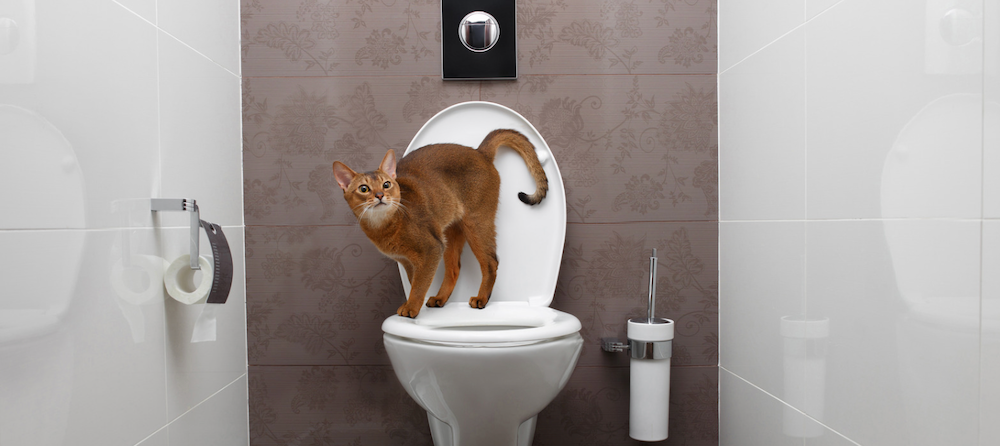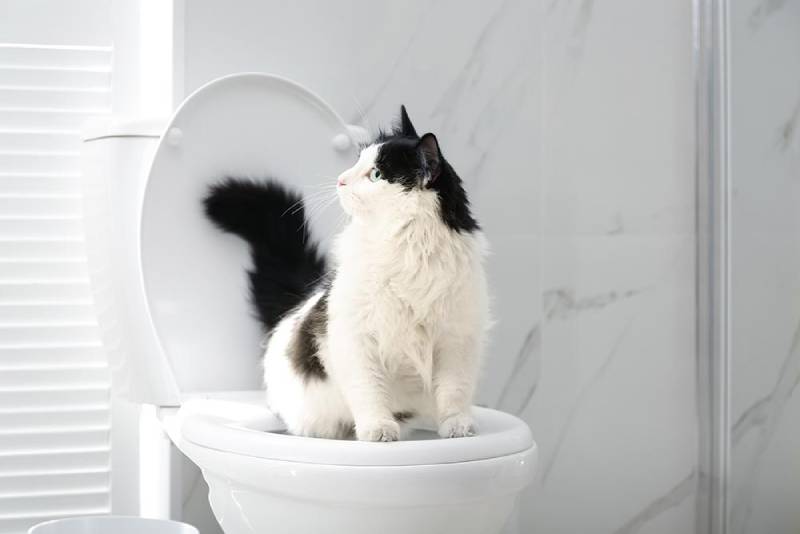Dangers of Disposing Cat Poop in Your Toilet - Preventive Steps
Dangers of Disposing Cat Poop in Your Toilet - Preventive Steps
Blog Article
How do you really feel on the subject of How to Dispose of Cat Poop and Litter Without Plastic Bags?

Introduction
As pet cat proprietors, it's necessary to bear in mind just how we throw away our feline buddies' waste. While it may seem convenient to flush feline poop down the bathroom, this method can have detrimental consequences for both the atmosphere and human health and wellness.
Environmental Impact
Flushing feline poop presents harmful microorganisms and bloodsuckers into the water supply, posing a substantial threat to water ecosystems. These contaminants can adversely impact aquatic life and compromise water high quality.
Wellness Risks
In addition to ecological issues, purging feline waste can also present health risks to human beings. Cat feces may have Toxoplasma gondii, a bloodsucker that can cause toxoplasmosis-- a possibly severe ailment, particularly for pregnant ladies and people with weakened immune systems.
Alternatives to Flushing
Luckily, there are safer and much more responsible means to deal with feline poop. Think about the following alternatives:
1. Scoop and Dispose in Trash
One of the most typical technique of taking care of feline poop is to scoop it right into an eco-friendly bag and toss it in the trash. Be sure to use a devoted litter inside story and get rid of the waste quickly.
2. Use Biodegradable Litter
Choose naturally degradable feline litter made from products such as corn or wheat. These trashes are environmentally friendly and can be securely gotten rid of in the trash.
3. Hide in the Yard
If you have a backyard, take into consideration hiding cat waste in an assigned area far from veggie gardens and water sources. Make certain to dig deep sufficient to avoid contamination of groundwater.
4. Install a Pet Waste Disposal System
Purchase a pet waste disposal system particularly made for pet cat waste. These systems utilize enzymes to break down the waste, decreasing smell and environmental influence.
Conclusion
Liable family pet possession extends past offering food and shelter-- it also involves appropriate waste monitoring. By avoiding purging feline poop down the commode and selecting alternative disposal techniques, we can lessen our environmental footprint and protect human wellness.
Why Can’t I Flush Cat Poop?
It Spreads a Parasite
Cats are frequently infected with a parasite called toxoplasma gondii. The parasite causes an infection called toxoplasmosis. It is usually harmless to cats. The parasite only uses cat poop as a host for its eggs. Otherwise, the cat’s immune system usually keeps the infection at low enough levels to maintain its own health. But it does not stop the develop of eggs. These eggs are tiny and surprisingly tough. They may survive for a year before they begin to grow. But that’s the problem.
Our wastewater system is not designed to deal with toxoplasmosis eggs. Instead, most eggs will flush from your toilet into sewers and wastewater management plants. After the sewage is treated for many other harmful things in it, it is typically released into local rivers, lakes, or oceans. Here, the toxoplasmosis eggs can find new hosts, including starfish, crabs, otters, and many other wildlife. For many, this is a significant risk to their health. Toxoplasmosis can also end up infecting water sources that are important for agriculture, which means our deer, pigs, and sheep can get infected too.
Is There Risk to Humans?
There can be a risk to human life from flushing cat poop down the toilet. If you do so, the parasites from your cat’s poop can end up in shellfish, game animals, or livestock. If this meat is then served raw or undercooked, the people who eat it can get sick.
In fact, according to the CDC, 40 million people in the United States are infected with toxoplasma gondii. They get it from exposure to infected seafood, or from some kind of cat poop contamination, like drinking from a stream that is contaminated or touching anything that has come into contact with cat poop. That includes just cleaning a cat litter box.
Most people who get infected with these parasites will not develop any symptoms. However, for pregnant women or for those with compromised immune systems, the parasite can cause severe health problems.
How to Handle Cat Poop
The best way to handle cat poop is actually to clean the box more often. The eggs that the parasite sheds will not become active until one to five days after the cat poops. That means that if you clean daily, you’re much less likely to come into direct contact with infectious eggs.
That said, always dispose of cat poop in the garbage and not down the toilet. Wash your hands before and after you clean the litter box, and bring the bag of poop right outside to your garbage bins.
https://trenchlesssolutionsusa.com/why-cant-i-flush-cat-poop/

Do you enjoy reading about Don’t flush cat feces down the toilet? Leave feedback below. We'd be glad to know your opinion about this blog. We are looking forward that you come back again later on. Enjoyed reading our posting? Please share it. Let others find it. Thanks a lot for taking the time to read it.
Call Today Report this page